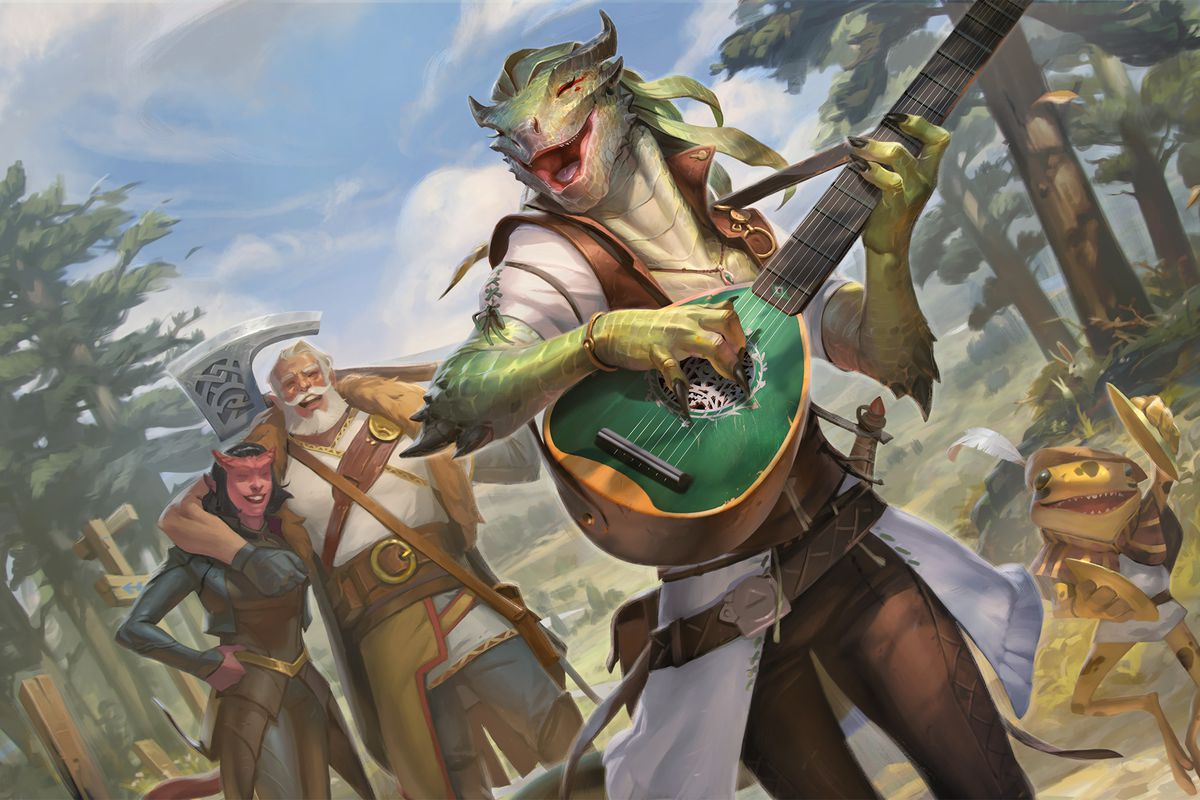Appraising ADVANCED D&D - Part II (Races)

Mmmm, races from the good old days, Before tieflings, drow and dragonborn became core options in the World of Warcraft menagerie that is modern D&D. This is the D&D liberals want. There are no half-orcs in second edition. I don't miss them and honesty feel half-elves could just as well have been left out. Although it is the ability score adjustments that perhaps initially draws the eye on that first page of the PHB chapter, that is really only a small part of the page and everything else is actually the interesting stuff: Minimum and maximum ability scores. Class Restrictions. Level Limits. How can we know that Dwarves are a durable and stocky lot? Because no dwarf will ever have less than STR 8 and CON 12. We can know elves are clever and prepossessing folk, because no elf has less than 8 in INT and CHA. It goes the other way too - Dwarves have a cap of 17 for DEX and CHA (which means with the -1 CHA adjustment, no dwarves with more than CHA 16) and can never become wiz



